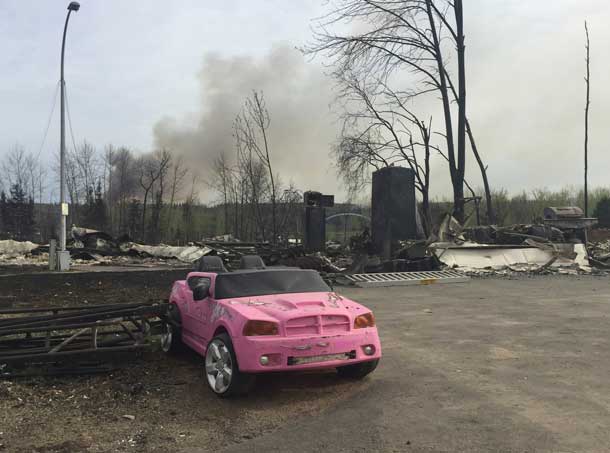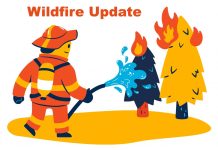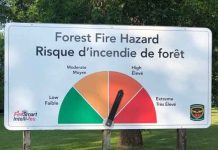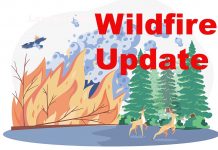
THUNDER BAY – LIVING – Wildfires pose a significant risk to homes and recreational properties alike, causing extensive destruction to both nature and human-made structures. With the rising incidence and intensity of wildfires worldwide, it becomes imperative to adopt preemptive measures to shield your home and summer retreat from this peril.
There are many ways to protect your property. While urban residents might not think it could ever happen, Canadians have seen homes destroyed in British Columbia, Alberta and other regions of the country.
Here are some strategies to safeguard your residential and recreational properties from the hazards of wildfires.
For Your Residential Property
1. Establish a Fire-Safe Perimeter
The objective of creating a fire-safe perimeter is to diminish the wildfire’s force and decelerate its movement towards your house. This perimeter comprises two zones:
- Zone 1 (0-30 feet from the property): This zone immediately surrounds your home. Ensure it’s devoid of dead vegetation, dried leaves, and pine needles on the ground, gutters, and roof. Incorporate hardscaping elements like concrete or gravel, and if you have vegetation, ensure it consists of fire-resistant species.
- Zone 2 (30-100 feet from the property): Here, the goal is to minimize the wildfire’s fuel by keeping grass trimmed, removing dead plants and tree limbs, and creating interruptions in vegetation with driveways or walkways.
2. Opt for Fire-Resistant Construction Materials
For new constructions or renovations, consider the use of fire-resistant materials. Fire-resistant roofs and vents can inhibit embers from infiltrating the house, while fire-resistant siding, such as stucco or brick, can retard the wildfire’s advance.
3. Incorporate Sprinkler Systems
Sprinkler systems can assist in extinguishing a fire before it escalates. Ensure your house is fitted with a functional sprinkler system and carry out regular maintenance checks to ensure it will operate correctly in case of a fire.
4. Plan for Emergency Evacuation
Formulate an emergency plan. This should include identifying multiple evacuation routes, preparing a packed emergency kit, and having a list of essential documents to take with you.
For Your Summer Retreat
1. Choose a Strategic Location
When selecting the location for a cottage or summer camp, opt for a site not enclosed by dry vegetation or dead wood. Retreats near water bodies or on rocky terrains are less prone to fire.
2. Maintain a Clean Surrounding
Maintain your retreat site clean and free of trash. Make sure that flammable items are stored securely. If you’ve been cooking or have a firepit, verify that all flames are entirely doused before leaving the site or retiring for the night.
3. Be Aware of the Fire Danger Level
Before heading out to your summer retreat, check the fire danger level in the area. If the risk is high, it might be safer to reschedule your visit.
4. Adhere to Fire Safety Regulations
Adhere to all fire safety regulations, such as keeping any fires small and manageable, never leaving them unattended, and ensuring they’re completely put out before leaving the site.
Implementing these strategies can help shield your home or summer retreat from wildfires. It’s about preparation, awareness, and taking appropriate preventive measures to mitigate the risks. However, always remember that your safety is paramount, and in case a wildfire does occur, follow the instructions of local authorities.




